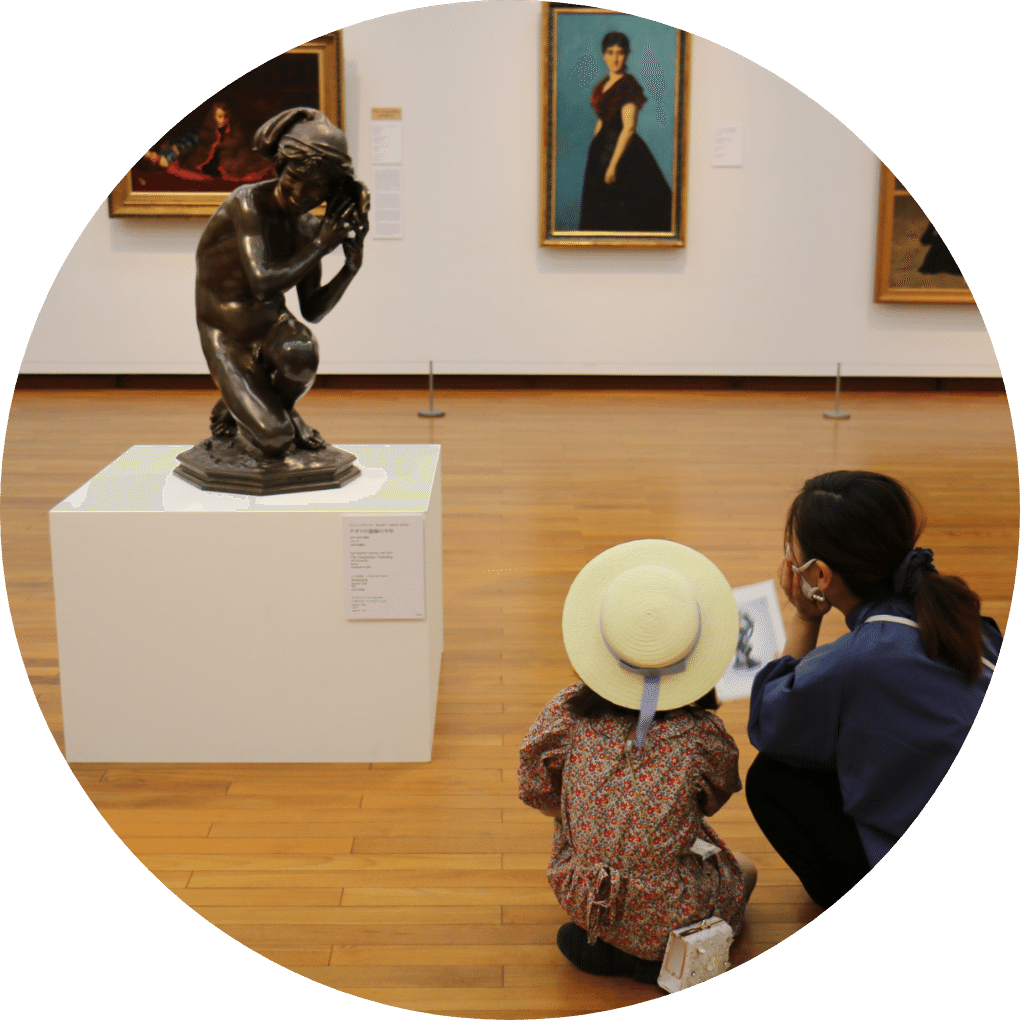Accessibility
Investigates methods of improving “accessibility” standards at art museums nationwide. Offers proposals contributing to information dissemination and museum management.

Investigates methods of improving “accessibility” standards at art museums nationwide. Offers proposals contributing to information dissemination and museum management.
Access Program
We offer a variety of access programs to make museums accessible to everyone. For example, lectures with sign language accompaniment, gallery tours for people with visual impairments and sighted people, welcome days for toddlers and families, and also dementia-friendly programs.
Research
We conduct research to promote the concept of DEAI (Diversity, Equity, Accessibility, and Inclusion), which has become a global paradigm, in the context of the museum.


Social Story
“Social Story: My First Art Museum Visit” is a museum guide primarily for persons with developmental disabilities and their families. This booklet provides understandable explanations that allow everyone, including not only individuals with developmental disabilities but also those visiting museums for the first time, to enjoy their time at the museum but not feel anxious.
click here. (in Japanese only).
You can download the PDF data by clicking each museum's icon.
They are available in Japanese.
The features of
“Social Story: My First Art Museum Visit”
You can understand the steps from entering to leaving the museum by actual images and icons.
We put “furigana” on all Chinese characters, so it can be easily read. We also avoid using difficult words and complex terms, but use positive and plain expressions.
The subject is mostly in the first-person expression, so the readers can become proactive. There is no second-person expression to prevent the terms from becoming imperative.
For inquiries about Accessibility,
click here.
Department in charge: Learning Group
Inquiry Form